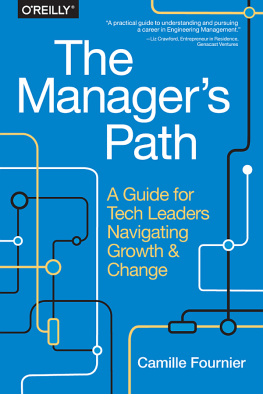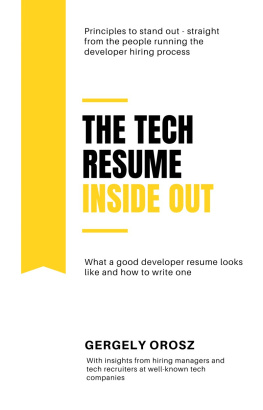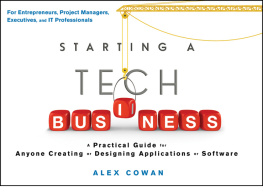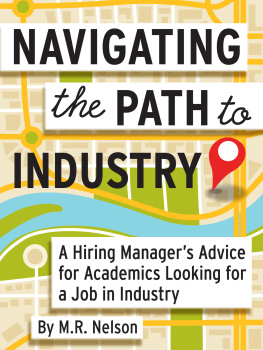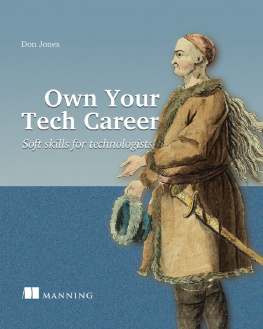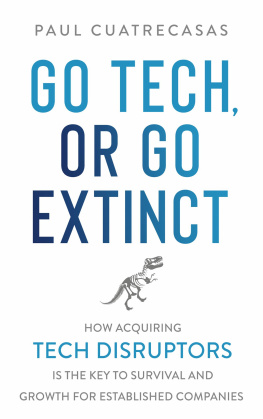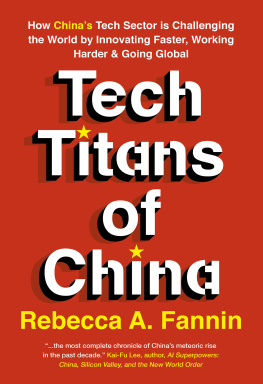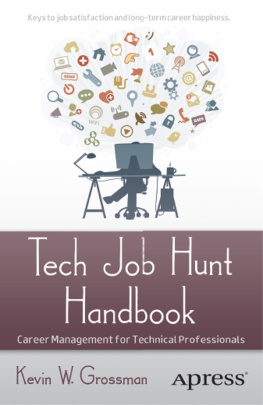Acknowledgments
Special thanks go out to my editors, Laurel Ruma and Ashley Brown, who helped this first-time author get through her book without too many tears.
Thank you to Michael Maral, Caitie McCaffrey, James Turnbull, Cate Huston, Marc Hedlund, Pete Miron, bethanye Blount, and Lara Hogan for providing anecdotes on leadership to share with our readers.
Thanks to everyone who gave me valuable feedback during the writing process, including Timothy Danford, Rod Begbie, Liz Crawford, Cate Huston, James Turnbull, Julie Steele, Marilyn Cole, Katherine Styer, and Adrian Howard.
Special thanks to my collaborator, Kellan Elliott-McCrea, for his numerous bits of management wisdom, and to all of my CTO Dinner friends for your advice over the years, much of which made it into this manuscript.
To my long-time coach, Dani Rukin, thank you for helping me get out of my head, and for encouraging me to always stay curious.
Last but not least, thanks to my husband, Chris, for the many dinner-table debates that shaped some of the trickiest writing. His insights and edits have helped me become the writer I am today.
Introduction
In 2011, I joined a small startup called Rent the Runway. It was a radical departure for me to go from working on large distributed systems at a big company to working with a tiny engineering team with a focus on delivering a great customer experience. I did it because I thought the business was brilliant, and I wanted a chance to lead. I believed that with a little luck and some hard work, I could get that leadership experience that I was so eager to have.
I had no idea what I was getting myself into. I joined Rent the Runway as a manager without a team, a director of engineering in name and something closer to a tech lead in practice. As is often the case with startup life, I was hired to make big things happen, and had to figure out myself what that might look like.
Over the next four years, my role grew from managing a small team to running all of engineering as CTO. As the organization scaled, so did I. I had mentors, coaches, and friends who provided valuable advice, but no one was there to tell me specifically what to do. There was no safety net, and the learning curve was brutal.
When I left the company, I found myself bursting with advice. I also wanted a creative outlet, so I decided to participate in National Novel Writing Month, which is a challenge to write 50,000 words in 30 days. I attempted to write down everything I had learned over the past four years, everything I had personally experienced and several observations Id made watching others succeed and struggle. That project turned into the book you are reading now.
This book is structured to follow the stages of a typical career path for an engineer who ends up becoming a manager. From the first steps as a mentor to the challenges of senior leadership, I have tried to highlight the main themes and lessons that you typically learn at each step along the way. No book can cover every detail, but my goal is to help you focus on each level individually, instead of overwhelming you with details about challenges that are irrelevant to your current situation.
are excellent references.
What engineering managers do, though, is not pure people management. We are managing groups of technical people, and most of us come into the role from a position of hands-on expertise. I wouldnt recommend trying to do it any other way! Hands-on expertise is what gives you credibility and what helps you make decisions and lead your team effectively. There are many parts of this book dedicated to the particular challenges of management as a technical discipline.

